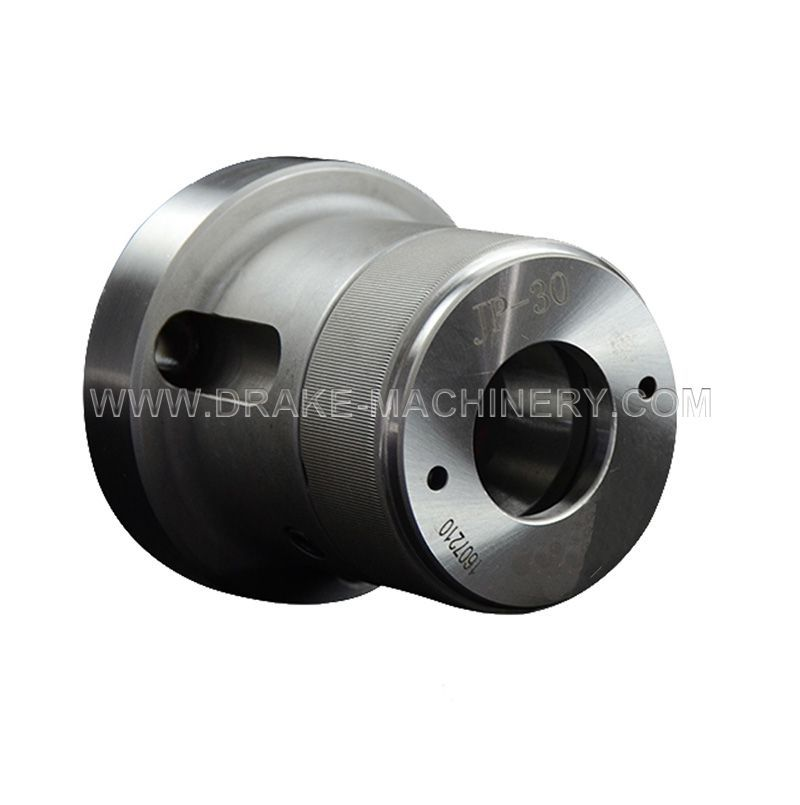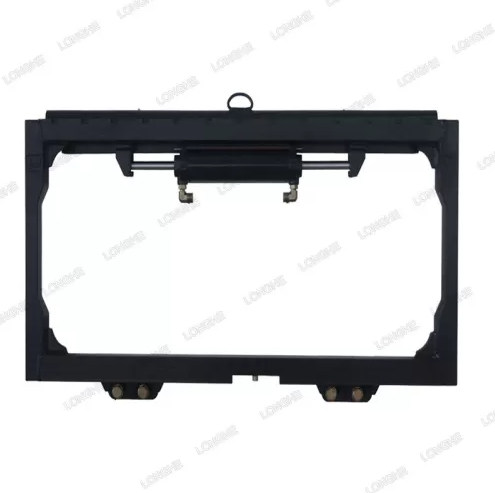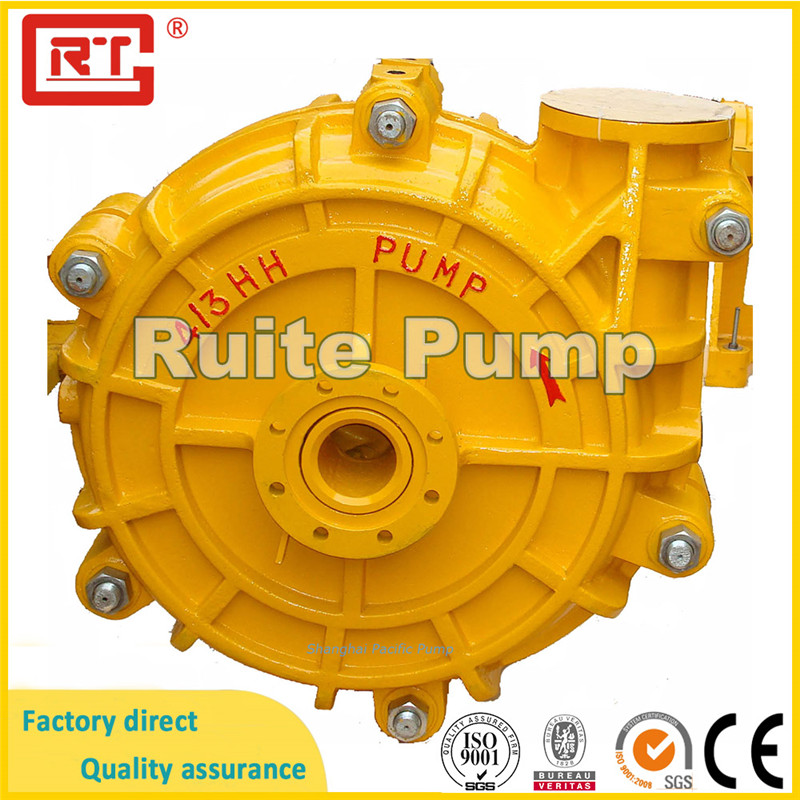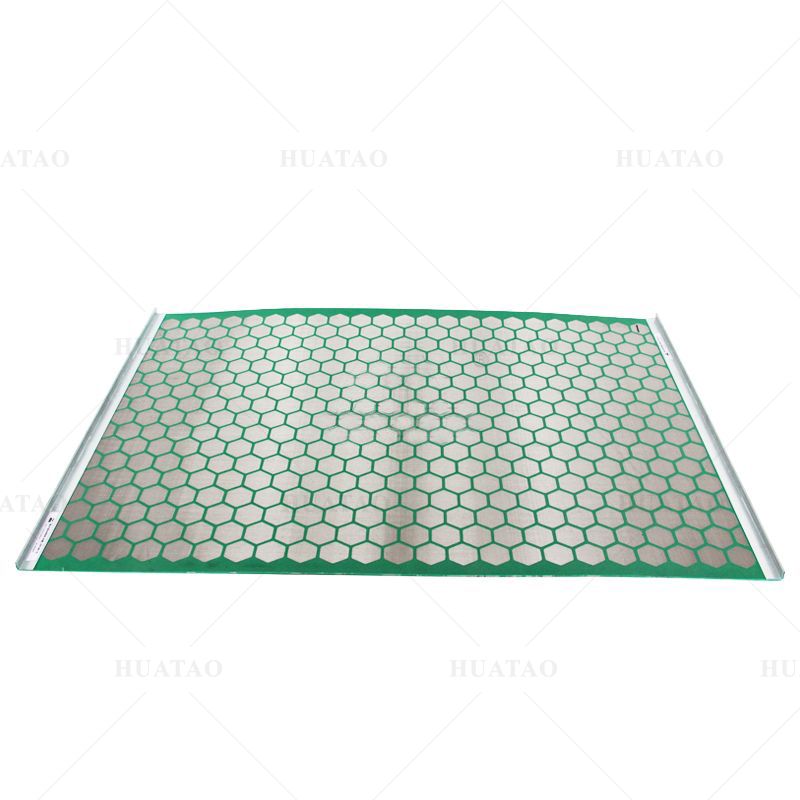Drum Gear Coupling: The Versatile Link in Power Transmission Systems
In the realm of mechanical power transmission, there are numerous components and mechanisms that play crucial roles in ensuring efficient and reliable operations. One such component is the drum gear coupling, a versatile device widely used in various industrial applications. Drum gear couplings are known for their ability to transmit high torque loads while compensating for misalignment between shafts, making them an essential part of many power transmission systems.
A drum gear coupling consists of two hubs or flanges, each connected to a shaft, and a flexible element in between, known as the drum gear. The hubs are typically made of high-strength materials such as steel or cast iron, ensuring durability and resistance to heavy loads and harsh operating conditions. The drum gear, on the other hand, is made of high-quality elastomer materials, such as natural rubber or synthetic polymers, which provide flexibility and shock absorption.

One of the key advantages of drum gear couplings is their ability to accommodate misalignment between shafts. Shaft misalignment can occur due to various factors, including thermal expansion, mechanical tolerances, or installation errors. Drum gear couplings can handle three types of misalignment: angular misalignment, parallel misalignment, and axial misalignment. Angular misalignment occurs when the two shafts are not parallel but intersect at an angle. Parallel misalignment refers to a situation where the shafts are parallel but not in the same plane. Axial misalignment, on the other hand, occurs when the two shafts have a displacement along their common axis. The flexibility of the drum gear allows it to compensate for these misalignments, ensuring smooth power transmission and reducing stress on the connected machinery.
Another notable feature of Huading drum gear couplings is their ability to dampen vibrations and shocks. In industrial applications where heavy machinery is involved, vibrations and shocks can cause significant damage to the equipment and decrease overall efficiency. The elastomeric drum gear acts as a cushion, absorbing these vibrations and shocks, thereby protecting the connected machinery and improving its lifespan. The flexibility of the drum gear also helps in reducing torsional vibrations, which can further enhance the overall system performance.
See also:How Does a Gravel Pump Work?
The Most Common Types of Hydraulic Valves
What is slab gate valve?
What is a Double Eccentric Butterfly Valve used for?
Pros And Cons Of Thermoset Injection Molding
What are Radiant Tubes?
Selecting the Right Belleville Washer for Your Application: Factors to Consider
Drum gear couplings offer high torque transmission capabilities, making them suitable for heavy-duty applications. Their design allows for efficient torque transfer between the shafts, ensuring smooth and reliable power transmission. This feature is particularly crucial in industries such as mining, steel production, pulp and paper, and oil and gas, where large machinery and high torque loads are common.
Maintenance is an essential aspect of any mechanical system, and drum gear couplings are known for their easy maintenance requirements. The elastomeric drum gear does not require lubrication, eliminating the need for frequent maintenance tasks. Moreover, the design simplicity of drum gear couplings makes inspection and replacement of the elastomeric element relatively straightforward, reducing downtime and maintenance costs.
In conclusion, drum gear couplings are indispensable components in modern power transmission systems. Their ability to compensate for misalignment, dampen vibrations, and transmit high torque loads makes them essential for efficient and reliable operations in various industries. With their durability, flexibility, and easy maintenance requirements, drum gear couplings continue to serve as the versatile link in power transmission, contributing to the smooth functioning of industrial machinery worldwide.
Troubleshooting Slurry Pump Issues: When and How to Replace Parts
Benefits and Applications of Using I/O Modules
How many years do bellow seal valves last?
What is a Hydraulic System & How Does It Work?
Why does a spring lose its energy when compressed for a long time?
Revolutionizing Your Cleaning Routine with Disposable Filter Plates
Globe Valve vs. Gate Valve









